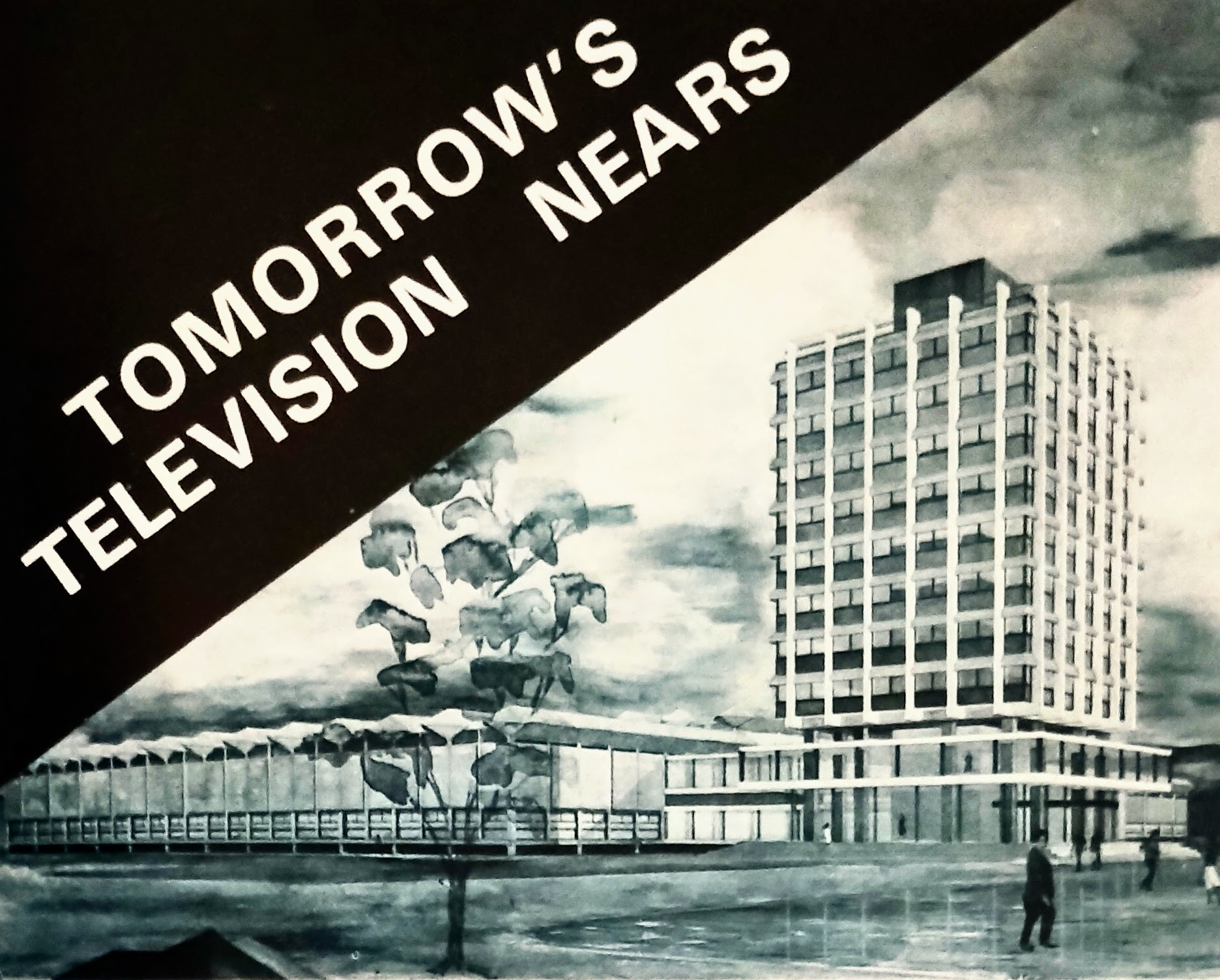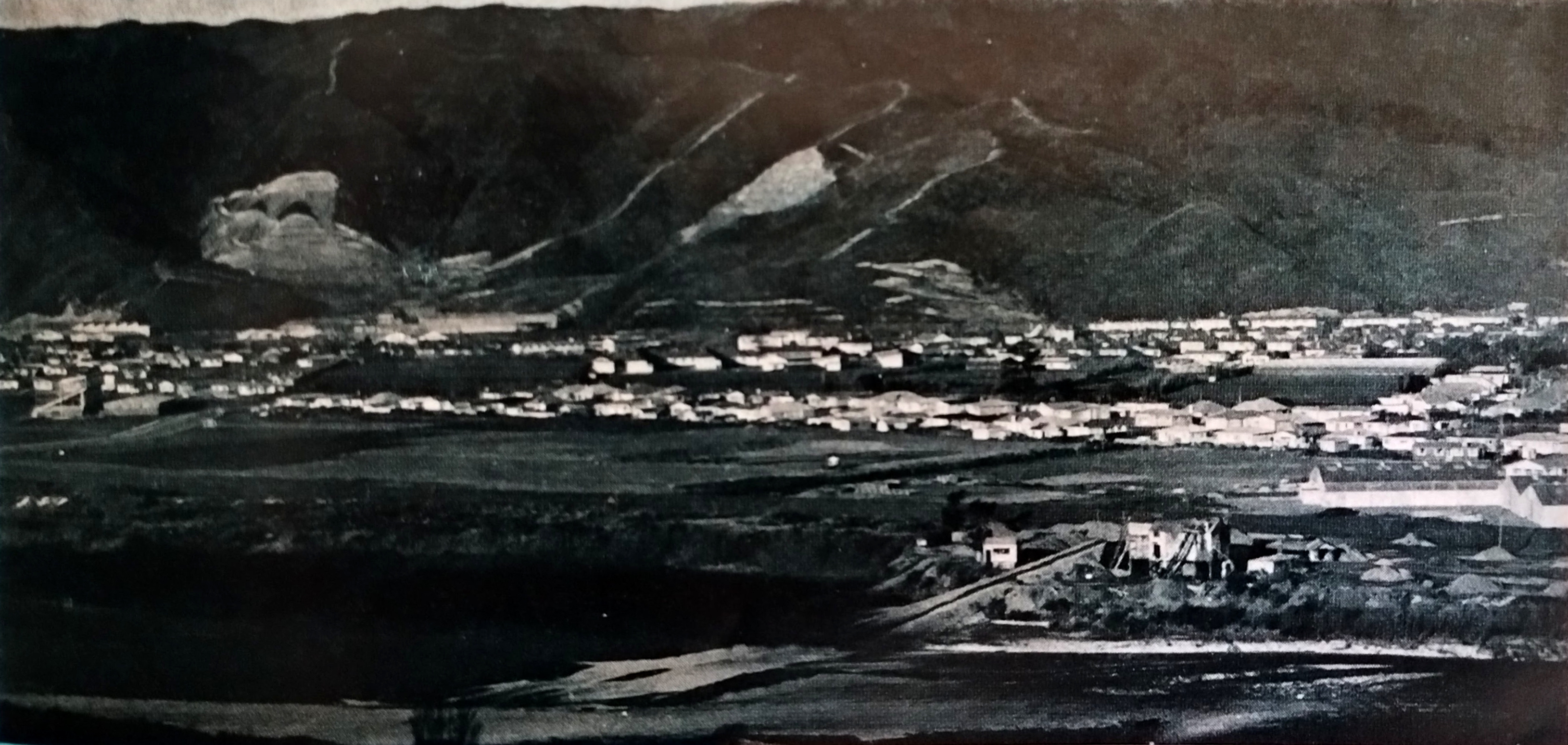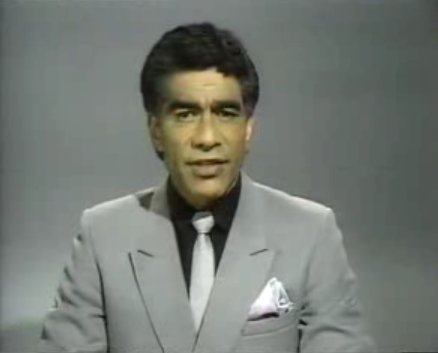
NZBC promoting their future plans
From Time and Space, October 1971
Progress can now clearly be seen on the new Television Centre at Avalon.
Intended to be of four separate buildings initially, this is New Zealand's first major production centre and, when completed, the NZBC will be able to widen the scope and vary the range of television programmes produced in this country.
Avalon also means that all facets in the preparation and production of studio shows will be carried out under one roof.
A main prerequisite for a TV centre is an area of flat land with studios at ground level so that scenery can be moved freely to and from the studio floors. The land purchased at Avalon is ideal for the purpose, placed as it is only a few minutes' drive from the centre of Lower Hutt and near a major highway to Wellington.
The first building on the site was the outside broadcasts base, built in 1965, and now the other three buildings are well on their way to completion.
Covering 72,000 square feet, the largest building in the complex is the studio block, constructed in three sections. On the Western side, nearest the Hutt River, is the set construction area, two storeys high.
Scenery will be built and painted by set-makers, set-finishers and scenic artists and moved on trolleys through the large nearby door- ways to the studio floors.
Designers, graphic artists and other staff associated with the section will have their offices on the western wall above the set construction area.
The studios are in the central block of the main building and special efforts have been made to provide acoustic isolation to keep out- side noise to a minimum.
Ultimately, four studios will be used and the largest studio will easily accommodate the NZBC Symphony Orchestra and an audience of several hundred.

The third section in the building is the technical wing, with all control rooms and technical equipment on the first floor.
Also in the technical wing will be the continuity suite from which the regular TV pro- grammes will be presented, a news suite for the production of 'Network News' and 'Newsview' and other areas accommodating the complex electronic equipment controlling cameras, film-reproduction and videotape recorders.
The film editing rooms, along with theatres, libraries, makeup and wardrobe sections, and a number of dressing rooms for artists will be on the ground floor. At this stage, with the concrete work completed, floors and walls have many holes in them, to be filled later by wires and cables, plumbing and air-conditioning. It has been estimated that when the project is complete, there will be over 3,000 miles of wire in the technical wing.
The service block is on the river side of the studio building. This will supply power to the complex, using a natural gas engine generating plant. It will also provide central heating, air-conditioning re-heat and hot water.
This plant is the first of its kind in New Zealand. A diesel generator is also being installed to maintain essential services during any possible breakdown in gas and mains supply.
The other building now taking shape is the tower block which will rise to ten storeys surmounted by a link room of three storeys.
The link room will house the reflector dishes which will feed the TV programmes in a direct line to the transmitter on Mt Kau Kau. These dishes will also receive the network signals from Auckland and Christchurch and from the mobile control room covering sports and events in the Hutt Valley and Wellington.
The tower block itself will provide office accommodation for many of the 300 people who will eventually work there, with cafeteria facilities on the first floor. The main reception area will be on the ground floor.
The Avalon Television Centre is similar in layout to others overseas and incorporates the best features from these.
Development of NZBC television concentrated in the first ten years on the transmitters necessary to provide coverage for as many New Zealanders as possible. However, now that nearly all parts of the country receive a TV signal, the first major production centre in Lower Hutt will soon become a reality
The NZBC's future became TVNZ's past

The Avalon complex was sold June 2013 when contracts came up for renewal.
TVNZ Chief Executive Rick Ellis said "The need for Avalon's large studio facilities for local television production has steadily decreased over the years with the outsourcing of programme making and big budget, studio-based, local shows being less profitable to commission."
The complex includes four purpose-built television studios and a high definition control room, as well as extensive set design and build workshops, wardrobe, make-up and green rooms. There was also an extensive back lot available for production use.
The TVNZ Archive at Avalon would not be impacted by the changes.


Comments powered by CComment